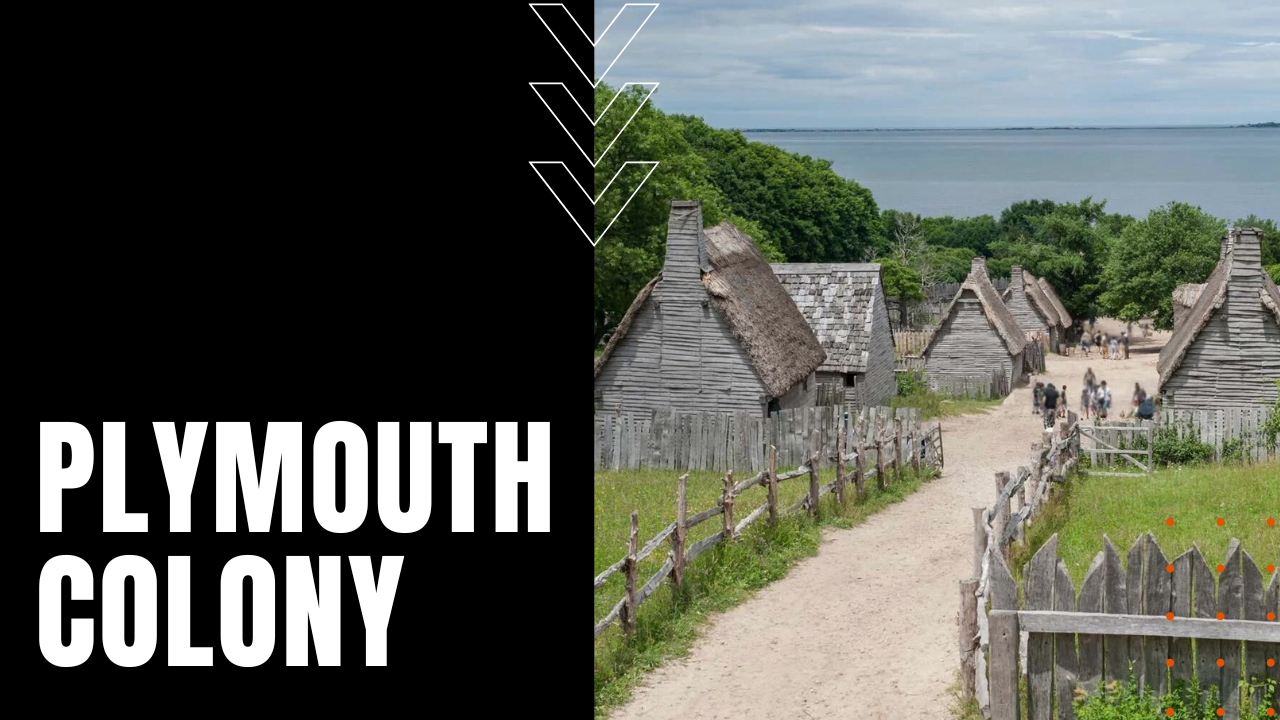Plymouth Colony

After landing at Plymouth Rock on December 18th, 1620—so named by explorer John Smith after leaving Jamestown Colony, and chosen by the Pilgrims because Plymouth England was their port of embarkation—over their first frigid winter in New England, the settlers lived aboard the Mayflower, while ferrying ashore during daylight hours to build their new settlement.
A Deadly Winter
Over the course of the winter months, more than half their numbers perished due to a myriad of infectious diseases, including leptospirosis caused by exposure to rat urine. Despite their dwindling numbers, a stroke of good fortune awaited the settlers when they moved ashore, in the form of Squanto, a Native American of the Pawtuxet tribe, who had been enslaved in Spain by John Smith’s crew, where he learned the ways of Europeans before escaping home to his native land.
Translator to the Colonists
Besides teaching the settlers how to fish, hunt and grow native food stocks, Squanto acted as an interpreter and peace broker between Plymouth Governor William Bradford and Chief Massasoit of the local Pokanoket tribe. Early peace with Native Americans led to the first Thanksgiving in the Fall of 1621, which comprised a good number of Pokanoket members and 50 mostly male colonists, since 78 percent of the women who arrived aboard the Mayflower had perished during the winter of 1620.
Self Sufficient Within Five Years
Although Plymouth Colony would fail to develop the robust economies of latter settlements like John Winthrop’s Massachusetts Bay Colony, agriculture, fishing and a modicum of trade made Plymouth self-sufficient within five years of its founding. As more Europeans poured into North America, including the arrival of the Fortune in 1621, the Anne and the Little James in 1623, as a growing number of settlers spread out across New England, relations deteriorated with Native American tribes, leading to sporadic yet escalating violence that would culminate during King Philip’s War of 1675, which took the lives of some 2,500 colonists.
Ideal Governance Blueprint
Plymouth Colony, however, made for an ideal blueprint for later European settlements in the form of the Mayflower Compact, which established rules of democratic governance over self-contained communities. Plymouth’s influence in New England slowly declined over the coming years, until its absorption by Massachusetts in 1691, making Plymouth Colony, the first lasting foothold for European settlers in North America.
